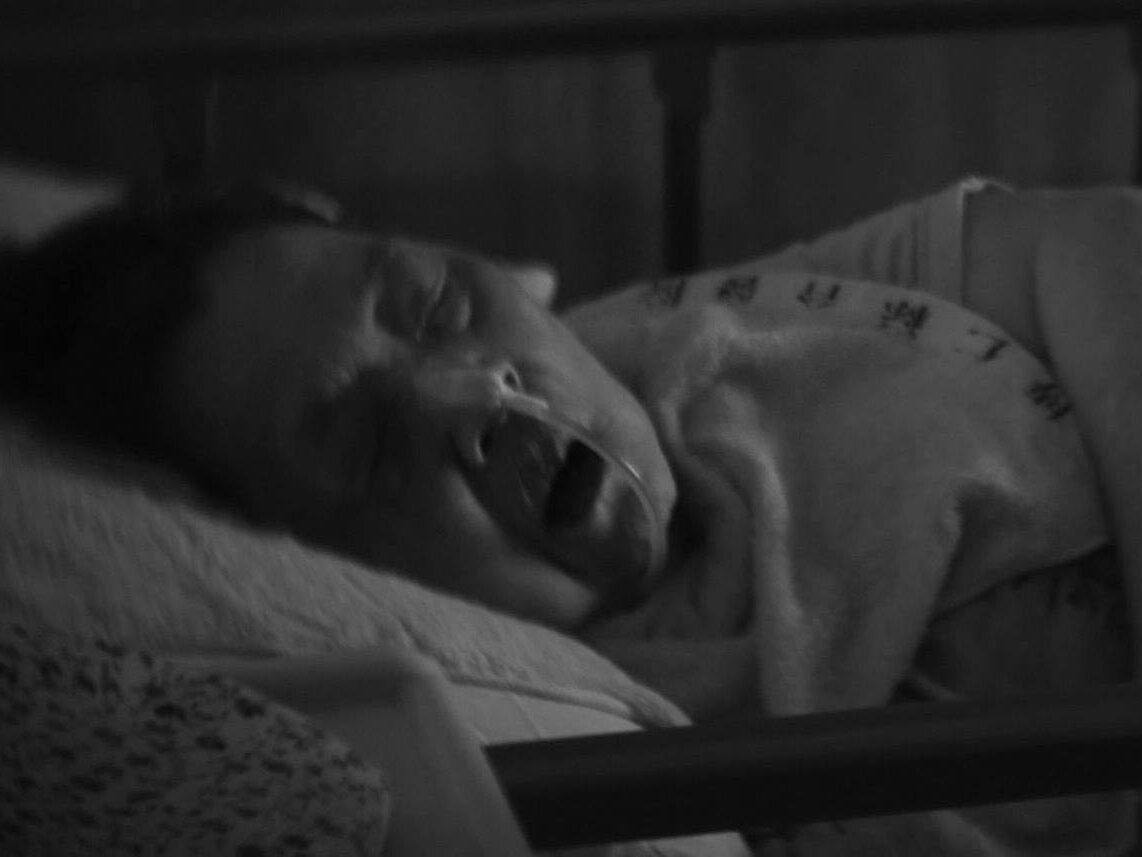Thousands more displaced people sheltering along the Salween River are expected to flee if the Myanmar military’s air attacks continue.
Some 300 Karen refugees fled to the Thai province of Mae Hong Son on Wednesday following Myanmar military airstrikes near their shelters on the border, a local civil society network said.
The junta launched nine air attacks in Mutraw District, also known as Hpapun, between April 27 and 28, the Karen Peace Support Network (KPSN) reported in an online media briefing on Thursday.
Multiple strikes targeted areas near the Ei Htu Hta internally displaced people (IDP) camp on the Salween River, KPSN said, adding that the explosions could be seen and heard from Thailand.
Naw K’nyaw Paw, a KPSN member and secretary of the Karen Women’s Organization, said that if the military’s attacks continue, the 7,000 people still sheltering along the river may have to seek refuge in Thailand.
“We really need humanitarian aid and we really need the Thai authorities to open up and provide assistance to the IDPs who are fleeing,” she said.
There have been more than 20 junta airstrikes in Mutraw District since late March, KPSN confirmed.
The territory is controlled by Brigade 5 of the Karen National Liberation Army (KNLA), the armed wing of the Karen National Union (KNU).
At least 19 people were killed and 16 injured in the previous round of regime air attacks on the area from March 27 until April 1. Local aid group Free Burma Rangers has said that as many as 40 have been injured.
The airstrikes on Mutraw, along with near daily artillery attacks in the region, have displaced up to 45,000 people, according to recent KPSN estimates. And nearly 4,000 IDPs are also sheltering in the KNU districts of Kler Lwee Htoo—also known as Nyaunglebin, in Bago Region—and Thaton, in Mon State.
No casualties have been reported in the most recent strikes in Mutraw, but KPSN representatives said that the attacks since late March have consistently targeted civilians.
“They targeted villages. People started hiding in caves, in valleys, under rocks, wherever they could find,” Naw K’nyaw Paw said. “In the last two days they have been targeting the valley areas, not the villages. We think they saw photos and know where people are hiding.”
She added that prior to the attacks, drones and military planes had been patrolling the area “every day, day and night.”
KNU representatives told Myanmar Now that they had documented multiple sightings of military aircraft over villages in Bago Region and Karen State earlier this month.
It is unclear if the hundreds of refugees from Ei Htu Hta in Mae Hong Son will be forced by the Thai authorities back across the border to Myanmar, as some 2,000 people were in late March.
“The people are so scared, so worried that they will be pushed back,” Naw K’nyaw Paw said. “They really would like to be able to stay until there are no more air bombings.”
The refugees from Ei Htu Hta have taken shelter under donated plastic tarps in a Thai military-designated holding area. They are surviving on food supplies that they brought with them when they fled and have not been allowed access to additional shelter or aid since arriving in Thailand, KPSN said.
The most recent regime airstrikes followed the KNLA’s seizure of a strategic Myanmar military base in the Thaw Le Hta area of Mutraw District on Tuesday. It was located opposite the Salween River from the Thai village of Mae Sam Laep in Mae Hong Son province.
On March 27, the KNLA’s Brigade 5 took over the army’s stronghold at Thee Mu Hta, the group’s first major seizure of a Myanmar military base since the February 1 coup.
The bases are among some 80 junta outposts in Mutraw, according to KPSN.
source myanmar-now
分類
